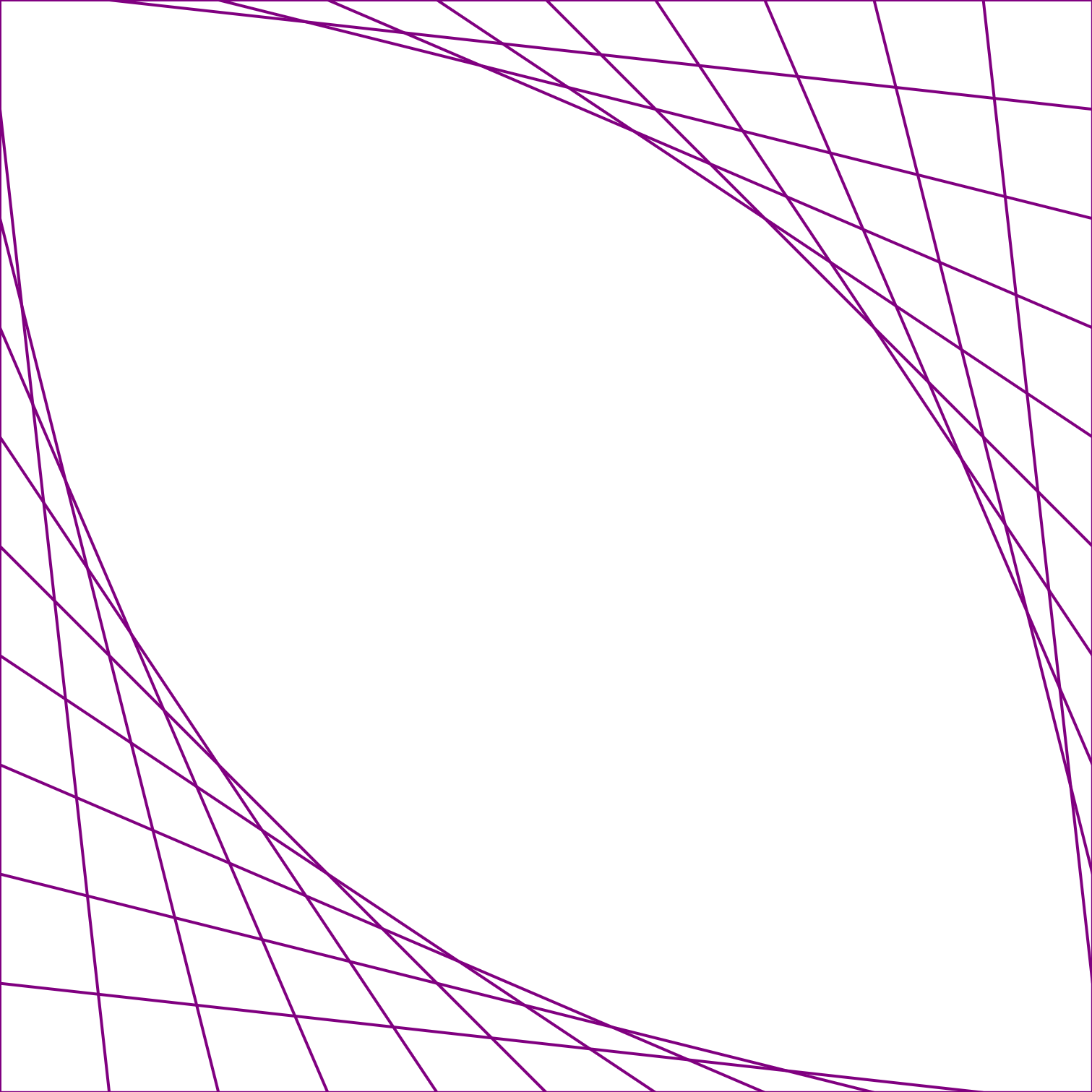Chapter 5 Building Blocks: Basic Shapes
Most SVG graphics are built from one or more shape elements. Shapes—along with text and embedded images—provide the basic graphical content that is drawn to the screen. The attributes of each shape element define the geometrical region of that shape; its style properties control how that vector region is displayed on the screen (or printed on paper).
SVG defines two different ways of creating a shape. The first is to make use of the predefined shape primitives. In Chapter 1, we introduced two of these: circles and rectangles. The others are <line> and <ellipse>. These are “quick and dirty” shapes that are useful for fast layout, common operations, and fairly standard interface and graphic design layouts. They can also make your code easier to read, as the element tag names clearly define what shape it is.
This chapter introduces the basic shapes in detail, discussing how you can specify lengths and positions in SVG. With this information, you will be able to lay out many simple geometric designs.
Chapter 6 then explores <path> and the other custom shape elements, and the variety of shapes they can create. At the end, you’ll have all the information you need to create basic vector icons and line drawings with SVG. In theory, anyway—it takes a lot of practice to really get comfortable with manipulating curved paths!
Figures and Examples#
The file names link to the code view on GitHub. Beware: the linked screenshots are hi-resolution; some have very large file sizes.
View all files for this chapter on GitHub.
Figure 5-1. An SVG line, stroked in blue
 Figure 5-2. String art “curves” created from SVG lines
Figure 5-2. String art “curves” created from SVG lines- Example 5-1. Drawing SVG lines with JavaScript
- Example 5-2. The SVG document created by the line-art script
Figure 5-3. An SVG rectangle, filled in purple
 Figure 5-4. A checkerboard of SVG rectangles created with JavaScript
Figure 5-4. A checkerboard of SVG rectangles created with JavaScript- Example 5-3. Creating a checkerboard of SVG rectangles with JavaScript
Figure 5-5. An SVG rectangle with rounded corners, positioned atop a regular <rect> and a line
Figure 5-6. A ripple pattern created with rounded rectangles
- Example 5-4. Using radiused corners to round rectangles
 Unlabelled figure in the “Curved Corners” CSS versus SVG sidebar
Unlabelled figure in the “Curved Corners” CSS versus SVG sidebar-
- Live HTML file, border-radius.html
- PNG screenshot, border-radius.png
- The HTML uses the splash.svg image
Figure 5-7. A funny-looking face making a funny face
- Example 5-5. Positioning and sizing circles and ellipses in a drawing
 Unlabelled figure in the “Shapes in Stylesheets” CSS versus SVG sidebar
Unlabelled figure in the “Shapes in Stylesheets” CSS versus SVG sidebar-
- Live HTML file,
css-shapes.html (the
shape-outsideandclip-pathshapes won't be supported in all browsers) - PNG screenshot, css-shapes.png
- Live HTML file,
css-shapes.html (the
Figure 5-X1. A Pythagorean triple, drawn as even-length beads arranged in a right-angled triangle
 Figure 5-X2. SVG circles and ellipses sized using percentages, at different aspect ratios
Figure 5-X2. SVG circles and ellipses sized using percentages, at different aspect ratios- Example 5-X1. Sizing circles and ellipses using percentages, in a resizeable SVG
-
- Live HTML file, resize-eye.html
- PNG screenshot, resize-eye.png
- From the “Perplexing Percentages” extra article.
Online Extras#
- “Perplexing Percentages”: Most SVG lengths are proportional to the
viewBoxwidth or height. But some values aren't either horizontal or vertical. - Reference: Units for Measurements
- Reference: CSS Shape Functions
- Reference: Elements and Attributes